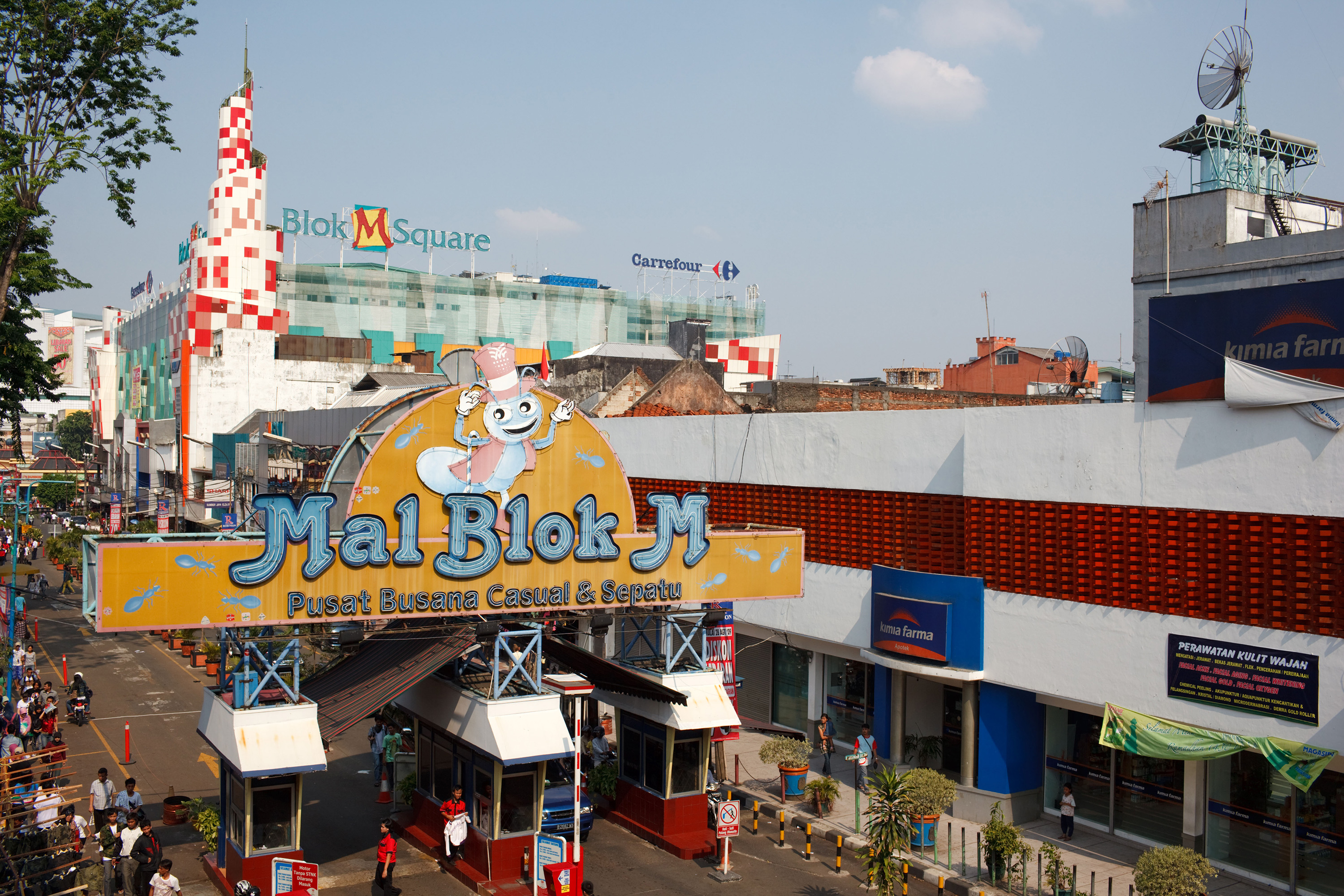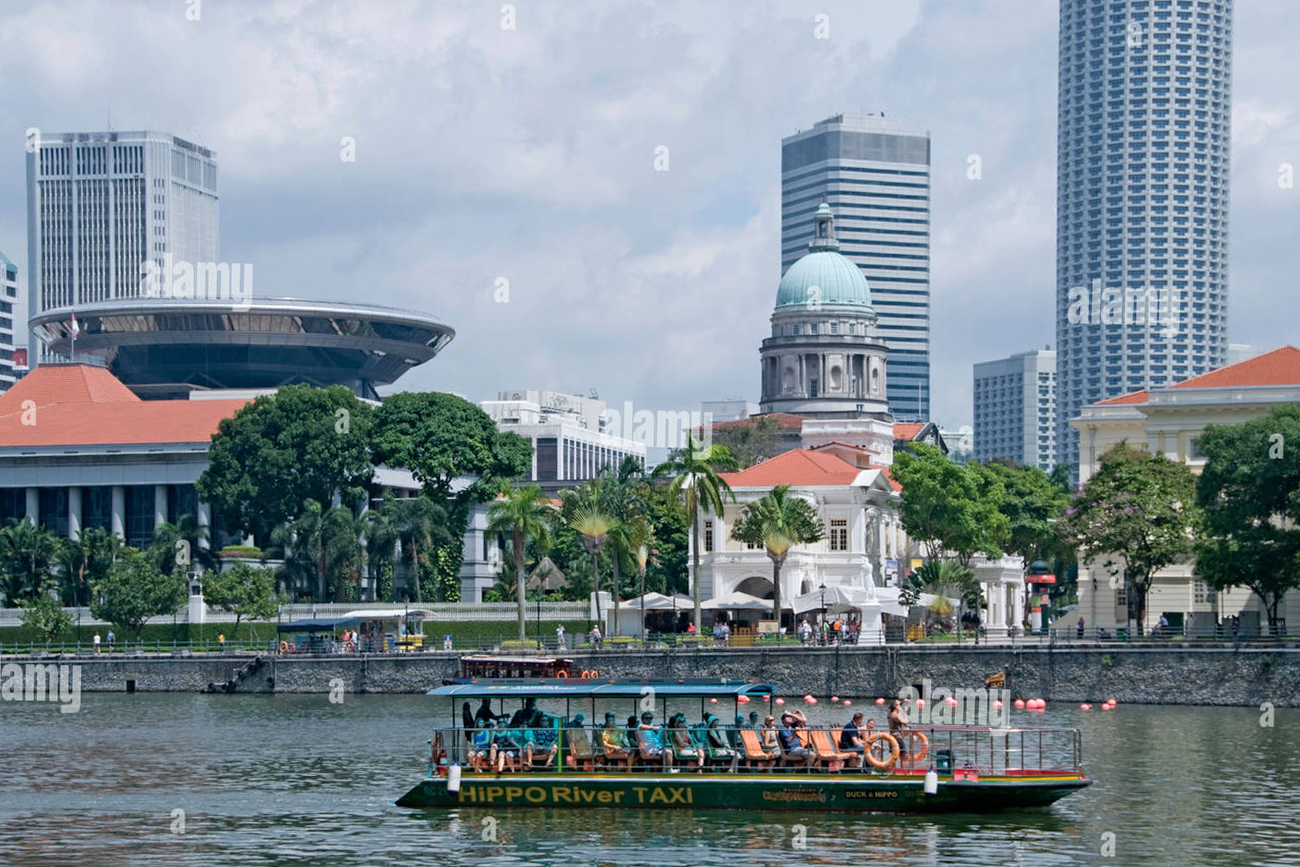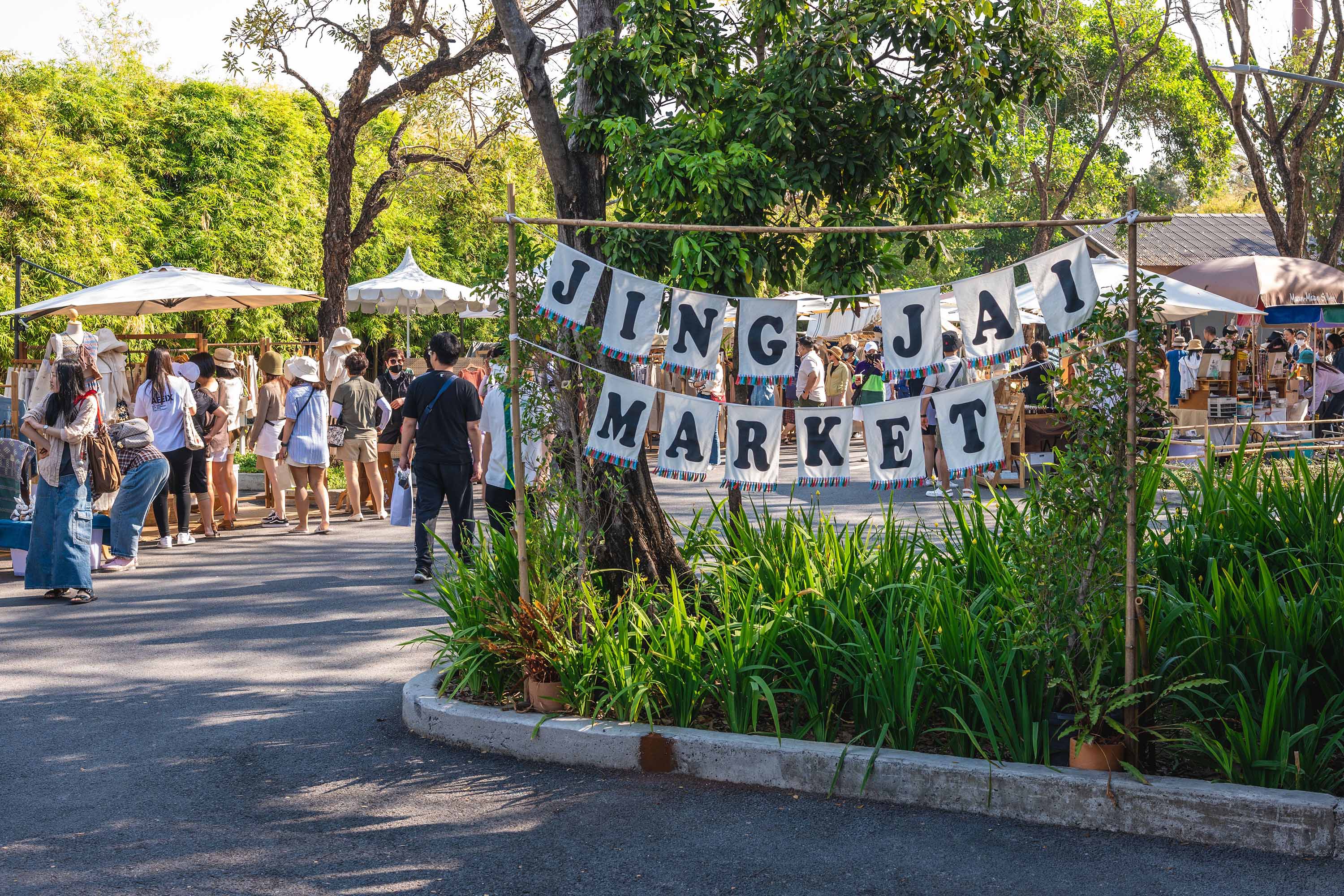在雅加达南部的Blok M区别具历史地位,长久以来都是市内的商业和交通枢纽,繁华热闹。1980至1990年代期间,这里一跃成为贸易、娱乐和夜生活中心,商场影院林立,到处都有商店、咖啡厅和商贩营商。当地位置便利,连接雅加达地铁交通网络,联通往来方便快捷。近年受较新的购物商场和网购平台影响,Blok M部分地区繁华不再,但其魅力依然不减,一方土地集合了传统市集、现代商店、现场音乐表演和街头美食,共冶一炉。


Blok M潜藏着一个关键性问题。昔日追求急速發展、經濟为先的结果,就是当地很多建築荒廢,未能善加利用。以前这区被视为城市边陲,地價低廉,吸引很多建筑项目。时至今日,同一区已成为黄金地段,地价和建筑用途出现落差,发展商为求一时之利,往往拆卸旧建筑以腾出土地开发新项目。这些利益先行、零零落落的建筑工程留下很多空置空间,不但削弱了社区的力量,更遑论拆卸重建对环境造成的影响。

面对这个问题,M Bloc Space带来别具创意的方案。M Bloc Space在2019年开幕,展现活化再利用(Adaptive Reuse)如何为废弃建筑注入生气。M Bloc Space原是1970到1980年代间落成的印尼国家印钞厂(Perum Peruri)员工宿舍和货仓,但随着雅加达日渐发展,这几幢现代主义的低矮建筑慢慢遭到淘汰。但一支由企业家、艺术家和发展商组成的团队看中机遇,与印钞厂携手把废弃的房屋活化成充满活力的社区中心,设有咖啡店、音乐场地、商店和共用工作空间,还能举行各式文化活动。


这个改造方案不只保育遺蹟,更刺激了经济活动,吸引访客和推动创意社群,顺利活化社区。M Bloc Space的成功鼓励团队再下一城,焦点落在日惹市的历史建筑Jogja国家博物馆园区,带来新项目JNM Bloc。这里曾是印尼首间视觉艺术学院的所在地,闲置空间蕴含创意革新的潜力。团队与非牟利机构和博物馆经理Yayasan Yogyakarta Seni Nusantara合作,在JNM Bloc举行展览、工作坊、音乐会和文化节日,例如日惹艺术书展等活动,推崇独立出版和合作精神,进一步彰显日惹作为文化之都的魅力。

M Bloc团队透过新的合作机会把足迹带到其他城市,近年更与印尼邮政(Pos Indonesia)合作,以Pos Bloc品牌的名义活化闲置建筑,目前项目已遍及棉兰、苏拉卡尔塔、泗水和三宝垄。

这些创新项目引发了城市设计中对于活化再利用的广泛讨论。这个做法越来越受全球关注,许多城市都寻求可持续和保护文化的发展方案,当中伦敦泰特现代艺术馆和较就近的香港大馆就是瞩目例子。活化再利用的核心理念,就是为旧有建筑带来新的意义,保留文化价值之余满足现代需要,协助城市解决可持续性、资源匮乏和社会凝聚力的挑战——这三样正是每个人类居住环境不可或缺的元素。





